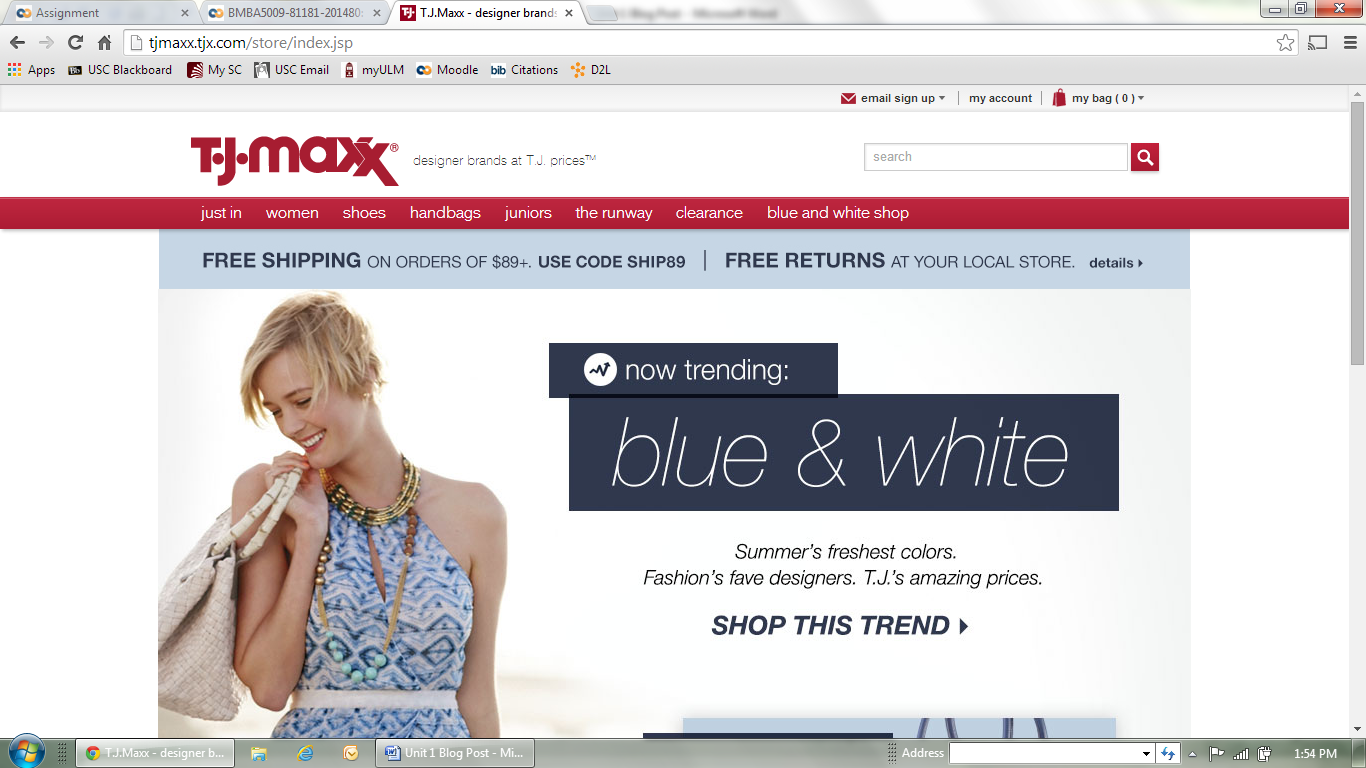Unit 3 Blog – E
Business Systems
By
Lauren Camper
Benjamin Crump
Ryan Goodman
E-business systems are an integral component for many
businesses today. Organizations strategically implement e-business systems to
effectively compete in local and global business. E-business systems include
the use of networks, information technology, and the internet in various
aspects of the business, both inside and outside of the organization (O’Brien
& Marakas, 2011). They have the potential to heighten operational
efficiency and strategic positions for businesses but if implemented
incorrectly, they can have the opposite effect.
Operating efficiency is a contributing factor to sustaining
competitive advantage. Intel increased their operating efficiency by creating
an online presence that allowed customers to be “in the know” about everything
related to Intel from products to company news; all at the click of a mouse.
They transitioned customers from being phone/fax based to being online based
(Phan, 2003). Additionally, customers were now able to create profiles online
thereby tailoring their online experience to meet their exact needs in terms of
products and applications (Phan, 2003). Lastly, account managers were able to
securely send confidential information to customers whereas they previously
would have had to spend time hand delivering the information (Phan, 2003). The
table below depicts the E-business applications implemented by Intel (Phan,
2003).
While E-business systems can help create operating
efficiencies they can also create problems and challenges. With any
technological implementation, organizations have to ensure that information is
secure, complete, and accurate (O’Brien & Marakas, 2011). For instance, a
retail business that implements a new transaction system will want to ensure
that the transaction information is complete and all information is transferred
to the sales system accurately. In terms of e-commerce, businesses will want to
ensure their customer information is secure from being intercepted. Intel faced
some of these challenges with the deployment of their new e-business system.
For instance, customer transactions were secured by Secure Socket Layer (SSL)
encryption (Phan, 2003). This was legal in the United States
E-business systems are an important tool for businesses
today. They enable companies to achieve a competitive advantage over other
organizations by building efficiencies internally and externally. From an
internal perspective, e-business systems provide
potential for efficiency improvements when producing goods, sharing
information, and communicating amongst employees. From an external perspective,
they have the ability to increase customer satisfaction with efficiency
improvements with transactions, faster shipping times, and the ability to view
company information online. Adversely there are disadvantages to consider as
well. Businesses must be aware of application security and continuously monitor
the systems in place to ensure it is operating effectively. Overall, the
implementation of e-business systems has the ability to truly enhance an
organization in the local and global market place as long as they are
researched and implemented appropriately.
Sources
Phan, Dien (2003). E-business
development for competitive advantages: A case study. Retrieved from http://staffweb.hkbu.edu.hk/vwschow/Case-study.pdf
(2014) Intel Facts.
Retrieved from http://www.intel.com/content/www/us/en/company-overview/company-facts.html
O’Brien, James, & Marakas, George M. (2011). Management
Information Systems. McGraw-Hill Irwin. Pgs. 272-283

